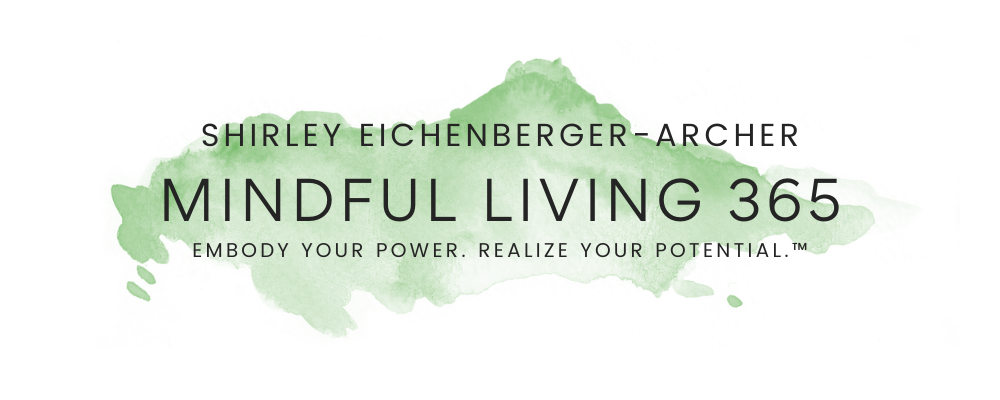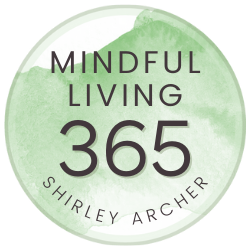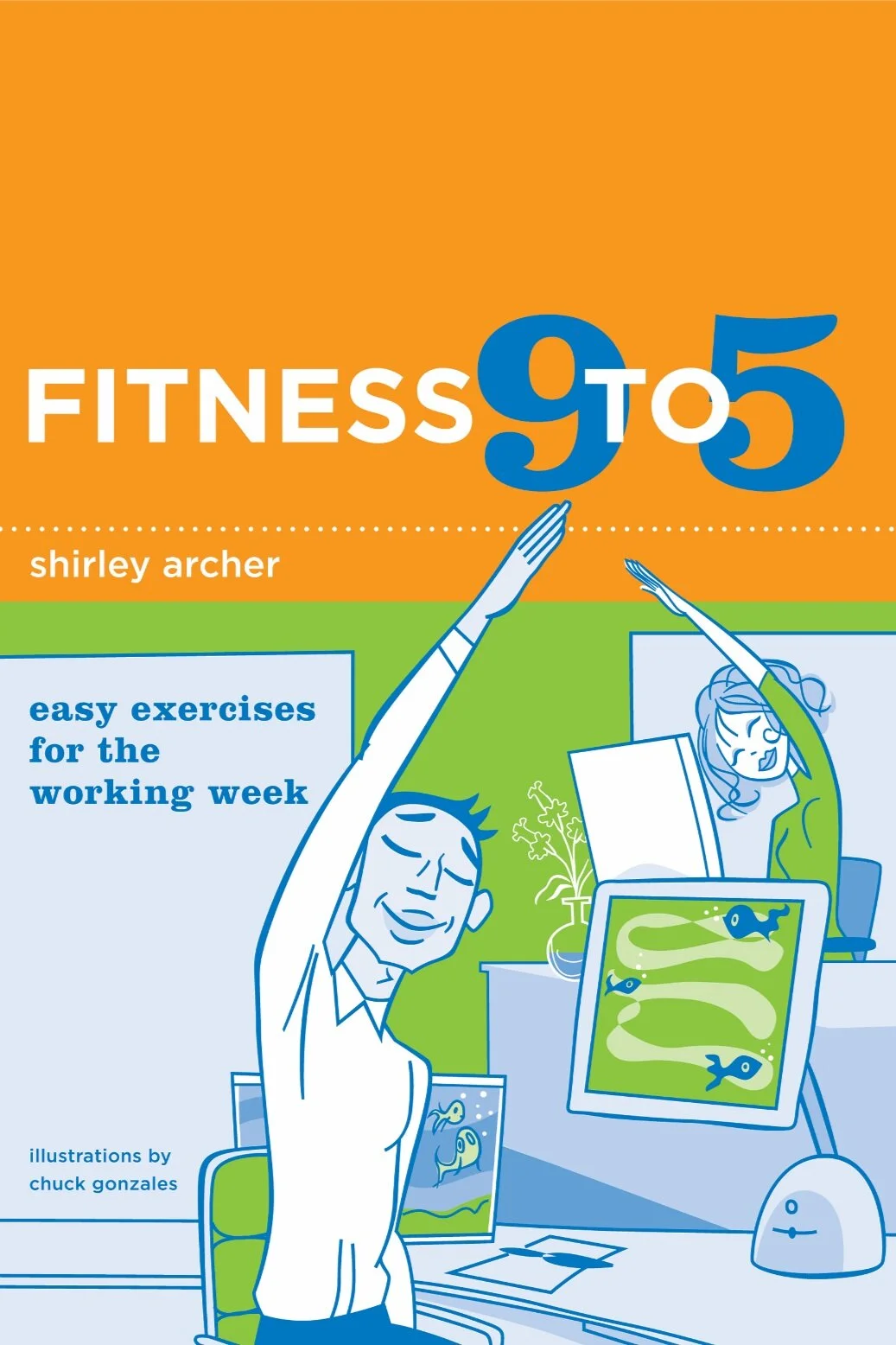10 TIPS TO START YOUR MEDITATION PRACTICE
YOU WANT TO START A MEDITATION PRACTICE TO GET ALL THOSE GREAT BENEFITS YOU'VE BEEN HEARING ABOUT.
Here are 10 tips to demystify the process so you can start feeling calmer and more centered today:
1. Find a good location. Select a safe, comfortable place where you know you will be undisturbed.
2. Be comfortable. You need to be comfortable to clear your mind, so that your discomfort is not a distraction. It's okay to sit in a chair or to lie in bed. However, I don't recommend lying down if you're tired, because it's easy to fall asleep. Meditation is not simply breathing with your eyes closed. It's a type of focused awareness that requires alertness and concentration.
3. Sit or lie with a lengthened spine. To calm and focus your mind and settle the nervous system, it's important to sit or lie with good posture. This avoids back strain and allows deep, full breathing.
4. Select a hand position. Place your hands on your thighs, either palms up or down, at the bend between hips and thighs. Or, rest your hands, palms up on top of each other in your lap. Relax your shoulders and commit to your hand position. In another post, I'll explain in further detail what various hand positions signify, but to get started, be comfortable.
5. Release bodily tension. Take a few moments to let go of physical tension throughout your body. One way is to tense all your muscles at once as you inhale. Then, powerfully exhale and release all muscle tightness. You may want to shake out your hands and wrists and roll your shoulders too.
6. Set a timer. Set a timer for 5 or 10 minutes or whatever length you choose to contain your meditation so you don't disrupt your concentration by opening your eyes to check a clock. When you know you'll be alerted when it ends, you can deepen your meditation. Be sure to select a gentle sound that won't startle you.
7. Gaze downward or close your eyes. Different meditation styles use different techniques. It's not essential to close your eyes. In fact, if you're sleepy, it's better to keep them open with a downward gaze. Do not focus on anything in particular. Soften your eyes and any tension around the eyes. Keep your head straight. Only look down with your eyes.
8. Notice your breath. Draw your attention to your breathing. Observe the inhalation and exhalation. Notice the breath as it enters the nostrils, flows into your body and creates gentle movements. Whenever your attention wanders toward other thoughts, bring the focus back to what is happening with your breathing. Try to breathe in and out through the nose, but if that's not possible due to congestion, then open your mouth. Avoid controlling the breath—which can be a challenge. But do your best to allow the breath to flow as it wants and observe it.
9. Gently reintegrate. When your timer goes off, try not to leap up. Instead, slowly open your eyes. Do a few stretches. Breathe deeply and gently come back to the room. Savor your calm, peaceful feelings. Take your time before you move into your next activity.
10. Be consistent. Meditation is brain training. It helps if you do it regularly at the same time and the same place. These cues 'prime' your brain and help you to slip into a state of focused awareness with more ease each time. In fact, a daily practice of 5 or 10 minutes is more valuable than once a week for 30 minutes. Put it on your schedule and stick with it. Over time, you will feel the difference as you're able to relax more quickly and feel more centered and grounded overall.
To hear me go over these tips, check out the video below.
PRODUCT PICKS THAT YOU WILL LOVE
Visit my YouTube channel to subscribe for more tips. Have you downloaded Your Path to Peace? Go from stressed and anxious to calm and at ease in 5 simple steps. If this post helped you, please share with friends now, by using the buttons below. Thanks!


















